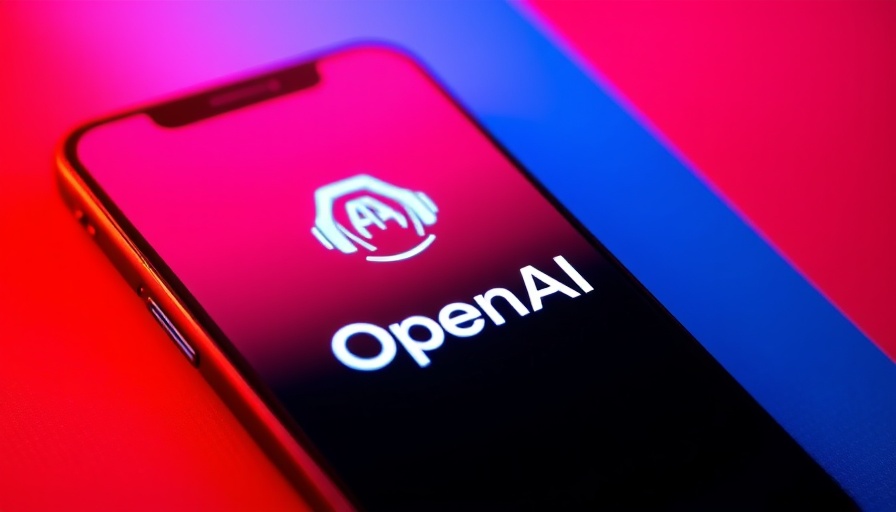
OpenAI’s Revolutionary Shift: The Open-Weight Model Explained
In a significant move, OpenAI plans to revolutionize the artificial intelligence landscape with the upcoming launch of its first open-weight language model. Set to debut in the coming months, this model promises enhanced reasoning capabilities, marking a notable advancement since the well-regarded GPT-2. CEO Sam Altman recently revealed this plan, emphasizing the model’s ability to allow developers to analyze and refine trained parameters—commonly known as weights—without the burden of direct access to the original training data.
Understanding Open-Weight Models: A New Paradigm
Unlike traditional open-source models that provide complete access to source code, methodologies, and training data, the open-weight model specifically grants access only to its weights. This innovative approach seeks to streamline how developers can utilize AI, tailoring models for specific tasks effectively and efficiently.
Engagement with the Developer Community
OpenAI aims to connect with the developer community extensively as part of this release strategy. Their first of several events is scheduled to take place in San Francisco in the coming weeks, with additional meetings planned across Europe and the Asia-Pacific region. The initiative reflects OpenAI’s commitment to gathering feedback and allowing early prototypes to be tested, demonstrating an inclusive approach that leverages community insights for refining the model.
The Road Ahead: OpenAI’s New Roadmap
In a strategic pivot towards simplifying its AI products, OpenAI is crafting a new roadmap for its models, driven by its aspirations to transition into a more commercially viable entity. With significant financial backing from Microsoft, the company is set on a path to secure an impressive $40 billion in funding. Notably, this ambition follows a successful financing round in October 2022, which attracted $6.6 billion to support the company’s expansive goals in AI advancement.
Challenges Ahead: Competition and Market Dynamics
While OpenAI gears up for this enhance trajectory, it faces increased competition. Notably, Elon Musk's recent merger of his media platform X and AI venture xAI poses a formidable challenge. Musk's involvement in the competitive AI landscape, particularly his criticism of OpenAI’s shift towards commercialization, heightens the stakes for the latter. These dynamics underscore a crucial moment for OpenAI as it navigates the complexities of maintaining innovation while appealing to investors in a crowded marketplace.
The Broader Implications of Open-Weight AI Models
The introduction of open-weight models could pave the way for significant changes in how AI is developed and implemented across various sectors. By democratizing access to model weights, developers may be able to create AI tools that are not only innovative but tailored to specific industry needs. This agility could lead to widespread advancements in fields ranging from healthcare to finance, as businesses leverage AI capabilities without the traditional learning curve associated with starting from scratch.
Conclusion: A Call to Monitor Developments in AI
The impending launch of OpenAI's open-weight model represents a major shift that could redefine the boundaries of AI application and development. For AI enthusiasts looking to deepen their understanding of these advancements, it is essential to stay informed. Engage with OpenAI’s upcoming events, connect with fellow developers, and explore the emerging landscape of open-weight models. This is an exciting moment not just for OpenAI, but for the entire AI industry as it gears up for transformative changes ahead.
 Add Row
Add Row  Add
Add 




 Add Row
Add Row  Add
Add 

Write A Comment